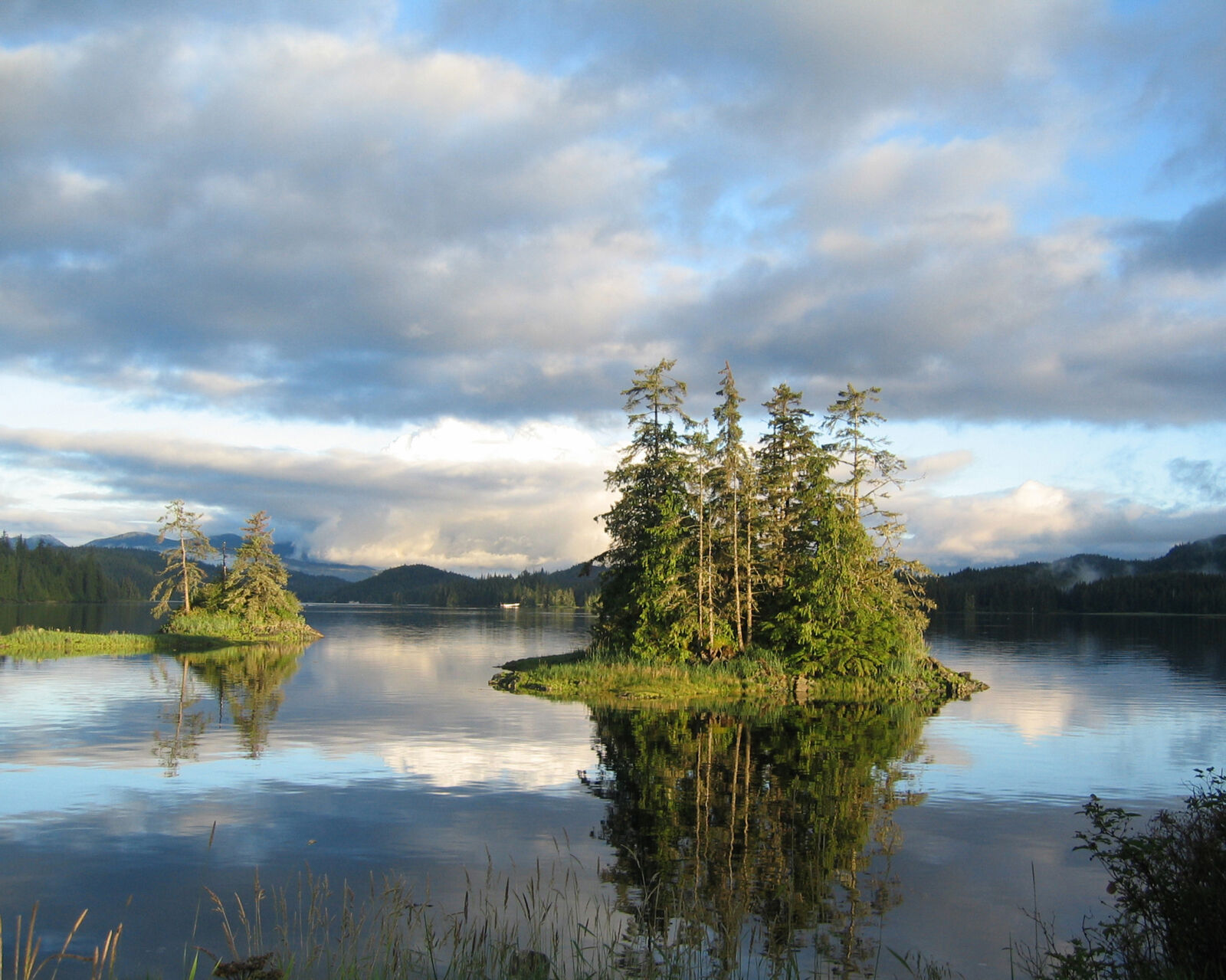Supporting both critical salmon habitat and important community capacity, the NFF’s work on Alaska’s Tongass National Forest will ensure both the natural and human communities endure.
Folded into Alaska’s Southeastern peninsula between British Columbia and the Pacific Ocean, the Tongass National Forest encompasses 17 million acres of breathtaking forests, glaciers and coastlines. Spectacular watersheds are blanketed with old-growth Sitka spruce, Western hemlock, and Western red cedar. The Tongass also boasts a dizzying array of wildlife. All five species of Pacific salmon depend on the streams and waters of the Tongass for spawning before making their way out to the rich seas nearby.


